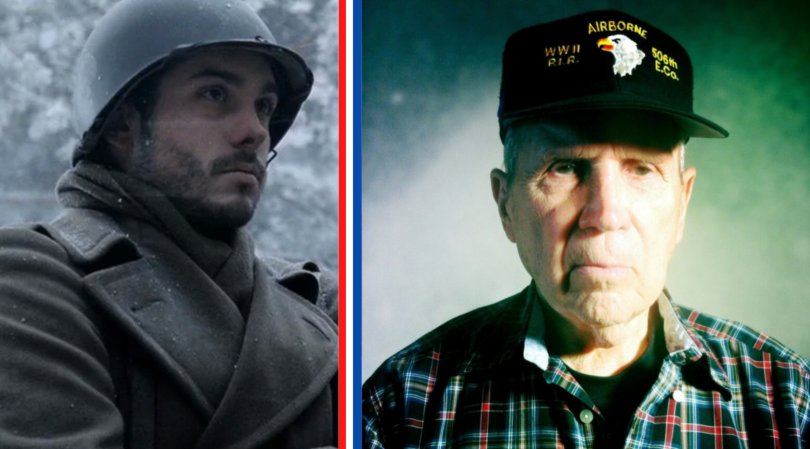In the military, sometimes things just get lost in transit. Gear goes adrift, paperwork gets filed wrong, and soldiers with no training in parachuting from a perfectly good airplane end up getting thrown out of a perfectly good airplane. It was bound to happen, and frankly, we should be a little surprised it took so long.
On Feb. 22, 2000, U.S. Army Spc. Jeff Lewis made his first ever parachute jump from a C-130 aircraft at Fort Bragg, N.C. The only problem was that no one had ever trained Specialist Lewis on how to jump from an airplane with the Army. Lewis was with the 82nd Airborne, so his unit was correct, it just turns out he wasn’t a paratrooper. He was a supply clerk. The then-23-year-old never mentioned anything to the jumpmaster because he wanted to do what the Army expected him to do.
“The Army said I was airborne-qualified,” Lewis said. “I wasn’t going to question it. I had a job to do, and I had to believe in what I was doing.”

A Jumpmaster can be held responsible for any training accident.
Lewis did eventually go to jump school, becoming airborne qualified just a few weeks after jumping out the airplane door for the first time. He was also promoted in that timeframe. But Lewis didn’t go out the door entirely unprepared. He took the 82nd’s one-day refresher course for those soldiers who are already airborne-qualified, and it might have saved his life. After stepping out of the airplane on the wrong foot, his equipment apparently got tangled. He was able to open the canopy by kicking with his feet, as instructed in the class.
Even though the troopers were doing a static line jump, the jump was only half the instruction necessary. The other half is, of course, the landing. Paratroopers are trained to land safely using certain techniques that redistribute the energy from the force of their fall. Even with the chutes, they can hit the ground as fast as 15 miles per hour. The untrained or new paratroopers can snap their legs when landing incorrectly and taking the brunt of the fall.

This could have been his first jump.
There’s a reason paratroopers train for weeks to learn to properly stick the landing. The chutes used by the Army aren’t like civilian chutes. They’re designed to get the trooper to the ground faster. While the Army could definitely afford safer, easier-to-use parachutes, the entire point of paratroopers is to get them on the ground and fighting as fast as possible. The more time they spend suspended in mid-air, the more opportunity enemy troops have to light them up.
In short, Lewis got lucky.


























